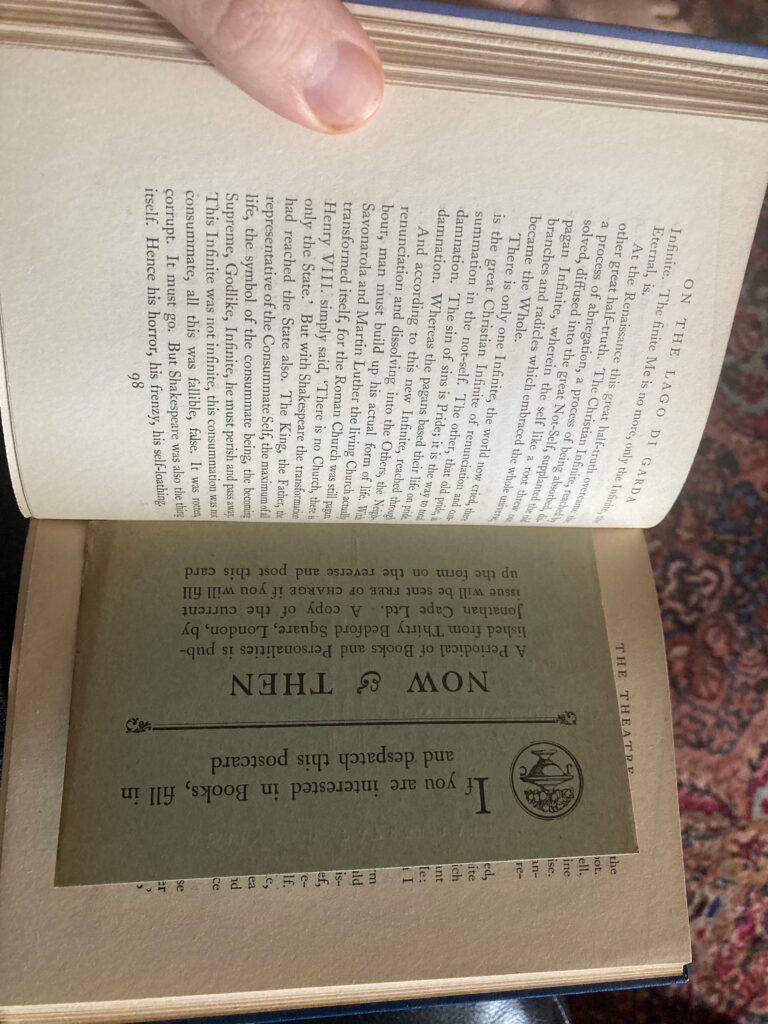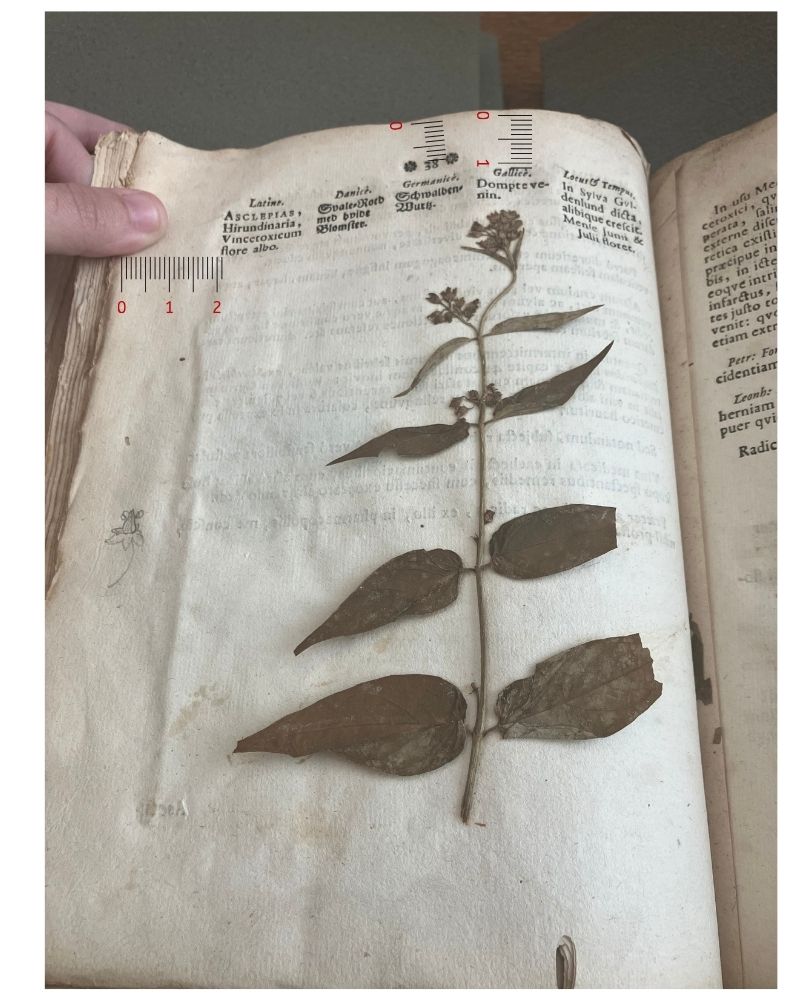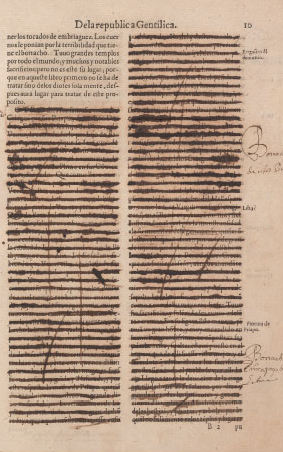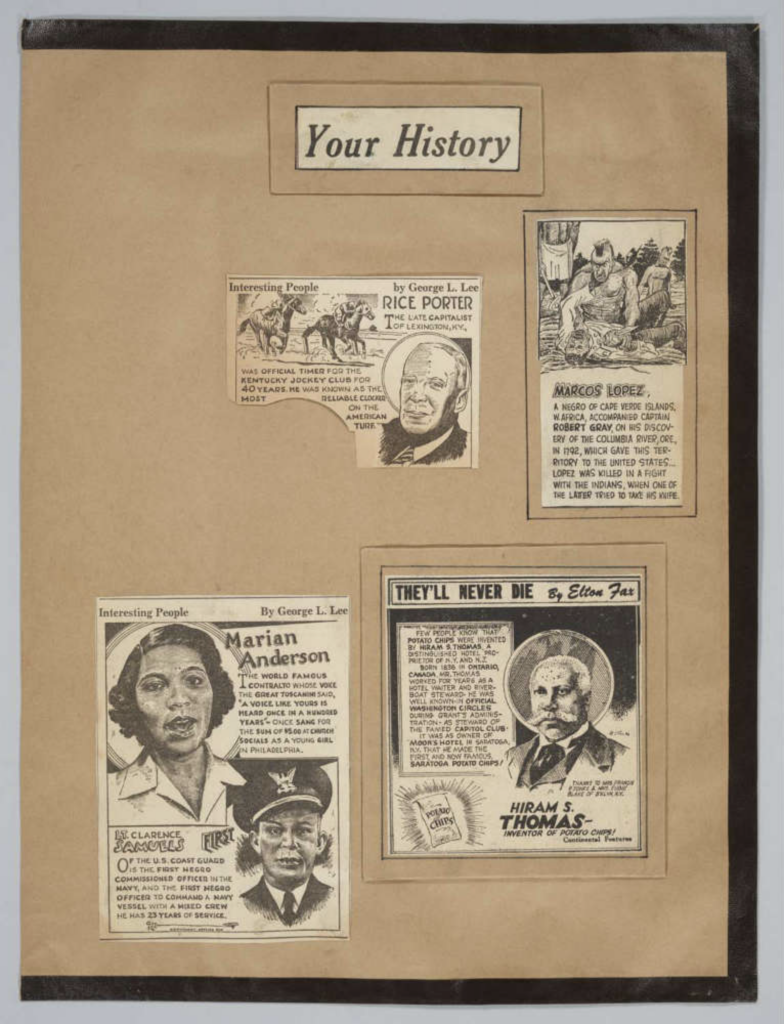We’ve reached the end of the Pet book project! Well done everyone. I bet you have learned a lot more from a book than you thought you ever could! While this blogpost will have a theme, please feel free to take some space in your post to reflect on what you have learned and to synthesize your thinking on this book. In other words, feel free to take a moment to write a conclusion.
The topic of this blogpost is “Afterlives.” When the assignment was originally conceived, I intended the post to be a reflection on changes to the book that have occurred since its moment of facture. Some topics one could pursue in this vein are:
- State of preservation (mold, foxing (yellow-brownish spotting on paper), worm holes, brittleness, yellowing, etc.)

- Enclosures (objects, papers, flowers, etc. found between the pages)

- Additions (pasted materials)

- Annotations and deletions/expurgations (notes in the margins, words crossed out, etc.)

- Marks of provenance (bookplates, owner inscriptions, library stamps, etc.)

You may write a post on the book’s afterlife in this sense. Such a post might reflect on damage or changes to the book as evidence of how the book has been used, and evidence as to where the book has been. Several intermediaries likely passed this book around between the moment of its creation and its entry into Wesleyan’s Library. How does your book witness a network of readers over time? And how did this network interact with the book-object? You might also consider our conversations about scrapbooks. How does your book, as a process that has evolved over time, recode or remediate older materials in a new context?

However, many of you have already discussed related topics in your first blogpost. If you have done so, you may of course expand on what you have already written. Alternatively, you might consider “afterlives” in a far broader sense, and write something entirely new.
First, you might consider how your book was used by a particular audience. Are there known owners and/or audiences? How does your book relate to an audience as a social body? How does your book impose certain social norms, mores, roles on a reader? We have thought of books as reflections of readers’ identities. But how does the book, in fact, remake a reader in its own image? What kind of living reader does your book assume will read it? If a book is meant to transmit information to a reader, what kind of reader does the book desire to create through its instruction? How do the images participate in this process?
Second, most of you are probably not the intended reader for your pet book. Those working on children’s books are not children themselves; those working on premodern materials are contemporary individuals; those working on non-English materials are English speakers; etc. Perhaps only those working on contemporary artist books are properly members of the intended readership of their pet books. Consider how you read and view your picture book now, as a contemporary living body. How is your experience of this book distinct from those who read it and viewed it in the past? What can this book say today that it couldn’t say at the time of its making? What sorts of questions can you ask the book that its original audience could not?
Last and most speculatively, you might consider how your picture book could be read or otherwise used in the future, even as wastepaper, recycling, or upcycling. You might even consider your book beyond the threshold of any living reader. If humanity went extinct, what would happen to this book? Is there a value to a book that is not read or cannot be read? This may seem like a silly question, but consider the many millions of books in museum and library storage units right now that are not read. How might plants, other animals, or even aliens relate to this book? How especially might non-human intelligences use the pictures to understand the book, its text, and humanity? How might a picture book support a kind of afterlife? These questions may seem silly too, but they will help you think critically about the power of images and the limits of meaning-making.

Go down whatever road is most interesting to you. The most successful posts, like previous posts, will start by doing some descriptive work. These descriptions will ground your more speculative interpretations, analyses, and thought experiments. Work of synthesis can be of help to you too. That is, consider all you have learned about the book and attempt to sum it up quickly and cogently. Then, build on your previous work to push beyond it to new insights and richer reflections.
For those who want to delve deeply into issues of preservation and conservation, please contact me, and I will supply you with additional resources. Good luck, and have fun. Give your pet book a fine send off!

